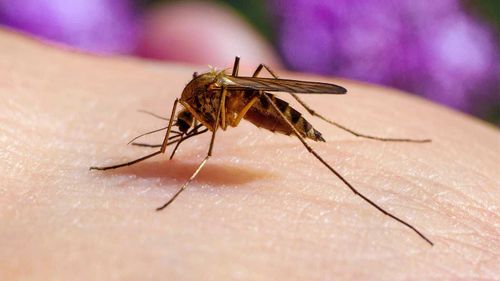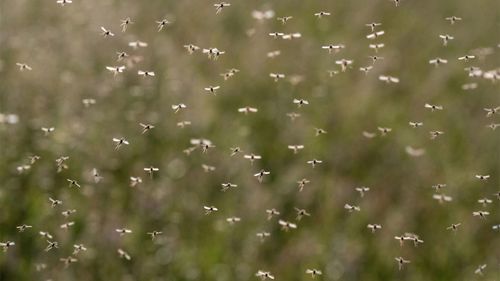Western Australia’s Department of Health confirmed the child had been receiving care in a hospital in Perth before their death.
A statement from the department said the child was potentially exposed to infected mosquitoes in the West Kimberley, which takes in a vast swathe of northwestern Australia.

Eight people around the country have contracted the disease this calendar year.
For some, symptoms first develop one to two weeks after being bitten, and include fever, headache, nausea, vomiting and muscle aches.
Others can develop more serious symptoms including severe headache, neck stiffness, sensitivity to bright lights, drowsiness, confusion, seizures, loss of consciousness or coma.
The virus can result in death or long-term neurological complications.
Read Related Also: ‘The Challenge’: Jakk Maddox Says MTV Didn’t Protect Him From Hate Speech

There is no vaccine or specific treatment for the disease, and the best defence is to avoid mosquito bites.
WA Department of Health’s Director of Communicable Disease Control Dr Paul Armstrong said the case in the child follows detections of the virus in mosquitoes and chickens in the Kimberley and Pilbara.
“In young children, fever might be the only early sign of infection,” Armstrong said.
“Parents should see their doctor or local health service if concerned, particularly if their child experiences drowsiness, floppiness, irritability, poor feeding, or general distress.
“People can minimise the risk of infection by taking measures to avoid being bitten by mosquitoes especially when they are most active between dusk and dawn.”
Warding off mosquitoes will also protect people from infections like Japanese encephalitis or Kunjin virus.








